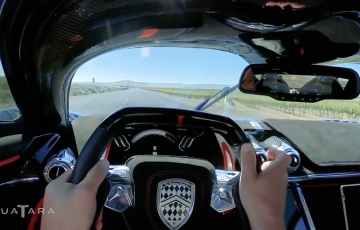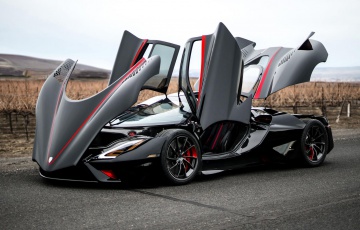5 of the laggiest turbo cars we've ever tested
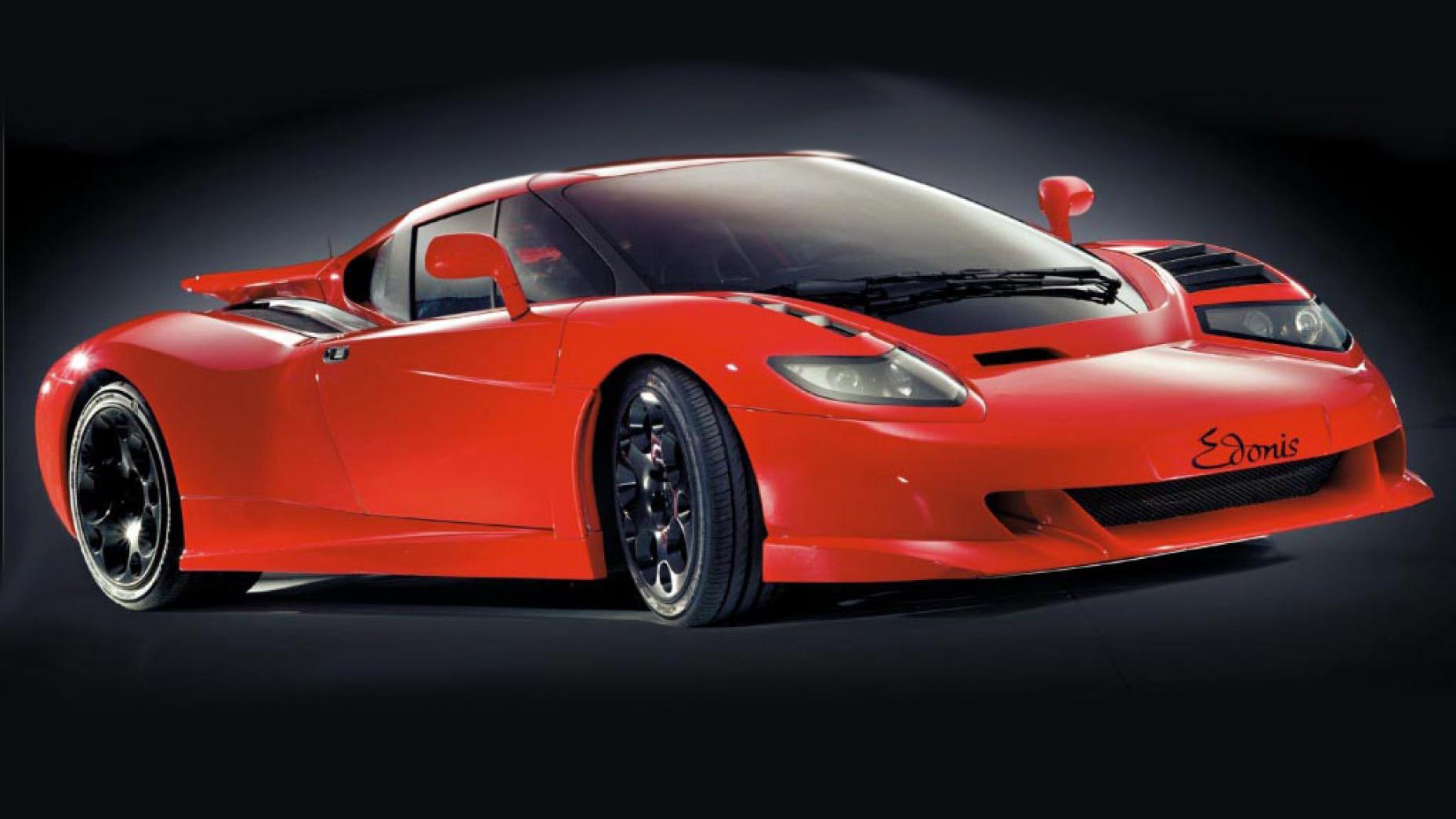
What exactly is lag?
Glad you asked. Lag is that glorious hiatus between when you squeeze the throttle and when the car lunges forward like it’s just been electrocuted.
Ooh, the… anti…ci…pation. It’s exhilarating. But, at times, also quite scary. So here are five tales of the laggiest cars we’ve ever tested.
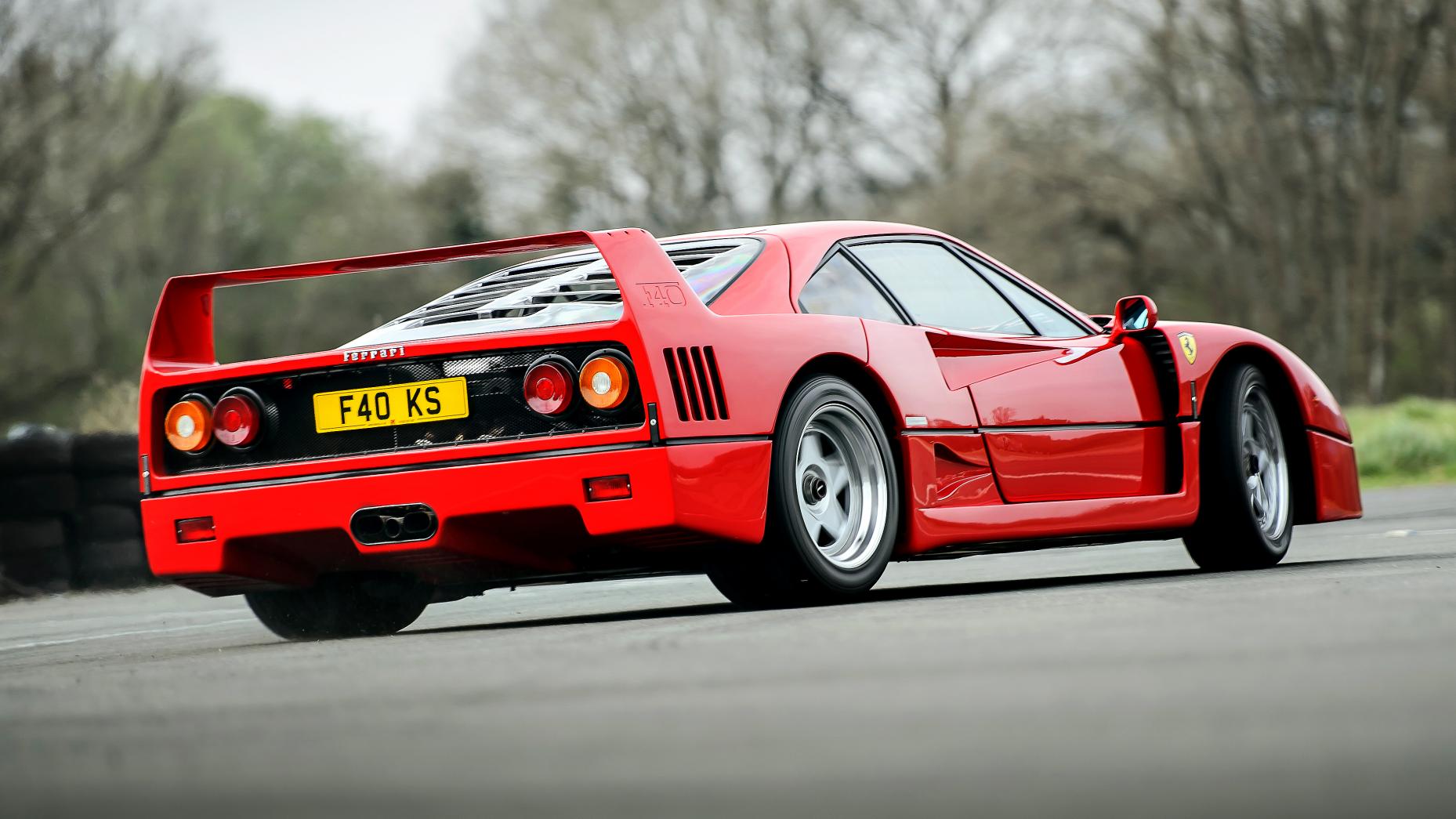
Ferrari F40 – Jason Barlow
When Karim Said agreed to let TG borrow four of his Ferraris for our LaFerrari bloodline feature, there were no warnings or swathes of paperwork. There was just one tiny thing: “Don’t misbehave in the F40.”
Serious drivers rate the F40 because it will rip your head off if it senses for a nanosecond that you don’t know what you’re doing. It’s also not much good at low-speed faffing, which means you’re immediately into the drop-zone, whose parameters are strictly governed by the F40’s twin turbos and their brutal way with boost.
But as hard as Ferrari and Porsche and everyone else have worked to banish lag, the truth is the F40’s explosive accelerative rush is one of the things we love most about it.
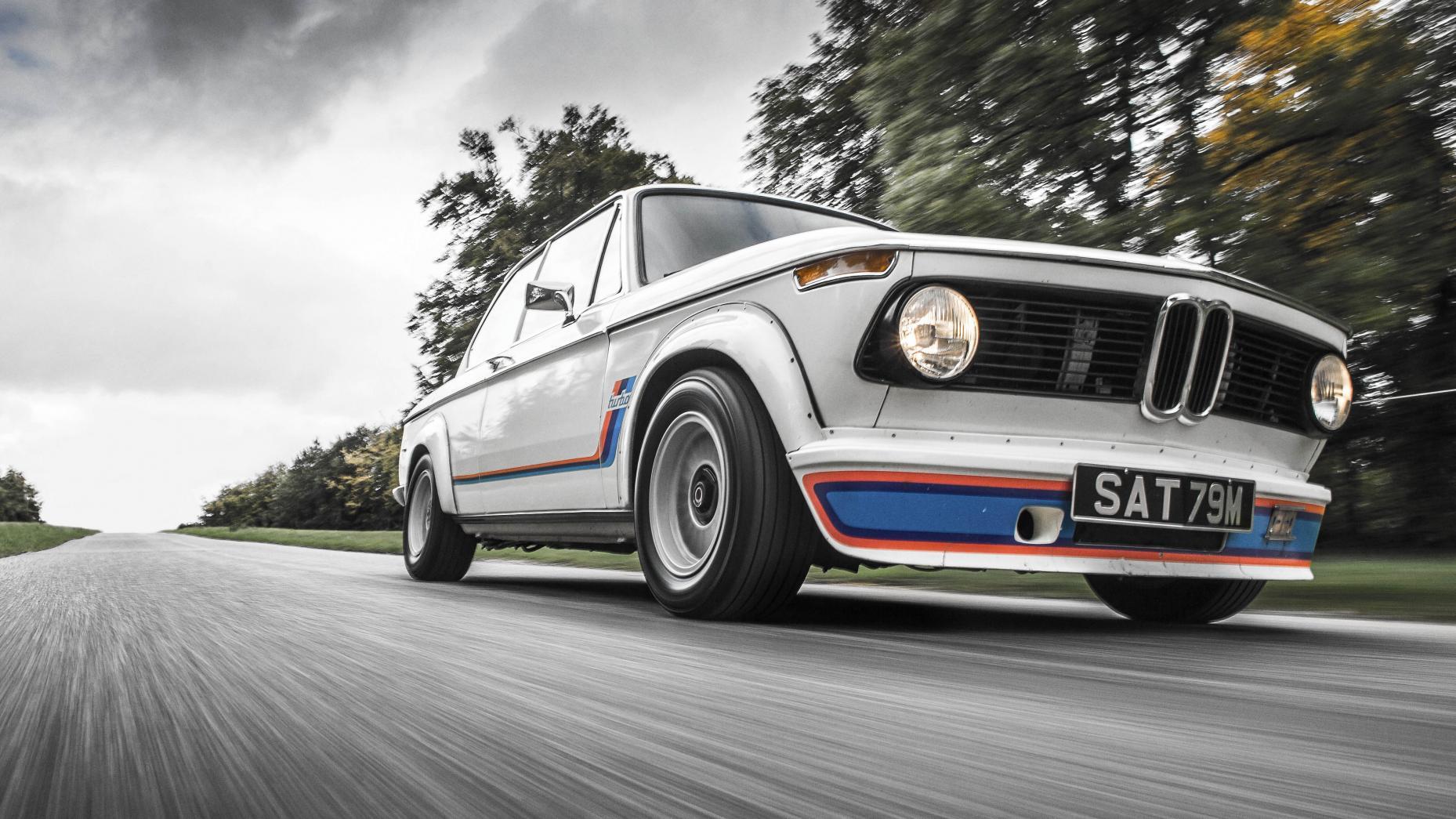
BMW 2002 Turbo – Jack Rix
A low drone turns to a buzz with an intensifying hiss as the turbo spools, then at 4,000rpm – the delivery point for peak torque of 235Nm – you get the hit of the whole fruit.
Windows down to make the most of the rasping peashooter exhaust, there’s a smack of forward momentum comparable with a modern warm hatch. With a lack of insulation from the outside world, though, it feels a heck of a lot faster than that.
What builds confidence is the power curve – it’s more of a smooth bulge than an abrupt onslaught. And then it clicks – just bury the throttle before the apex so the turbo is primed at the exit. Intimidation clears the way for elation, and I’m hustling along at unruly speeds.
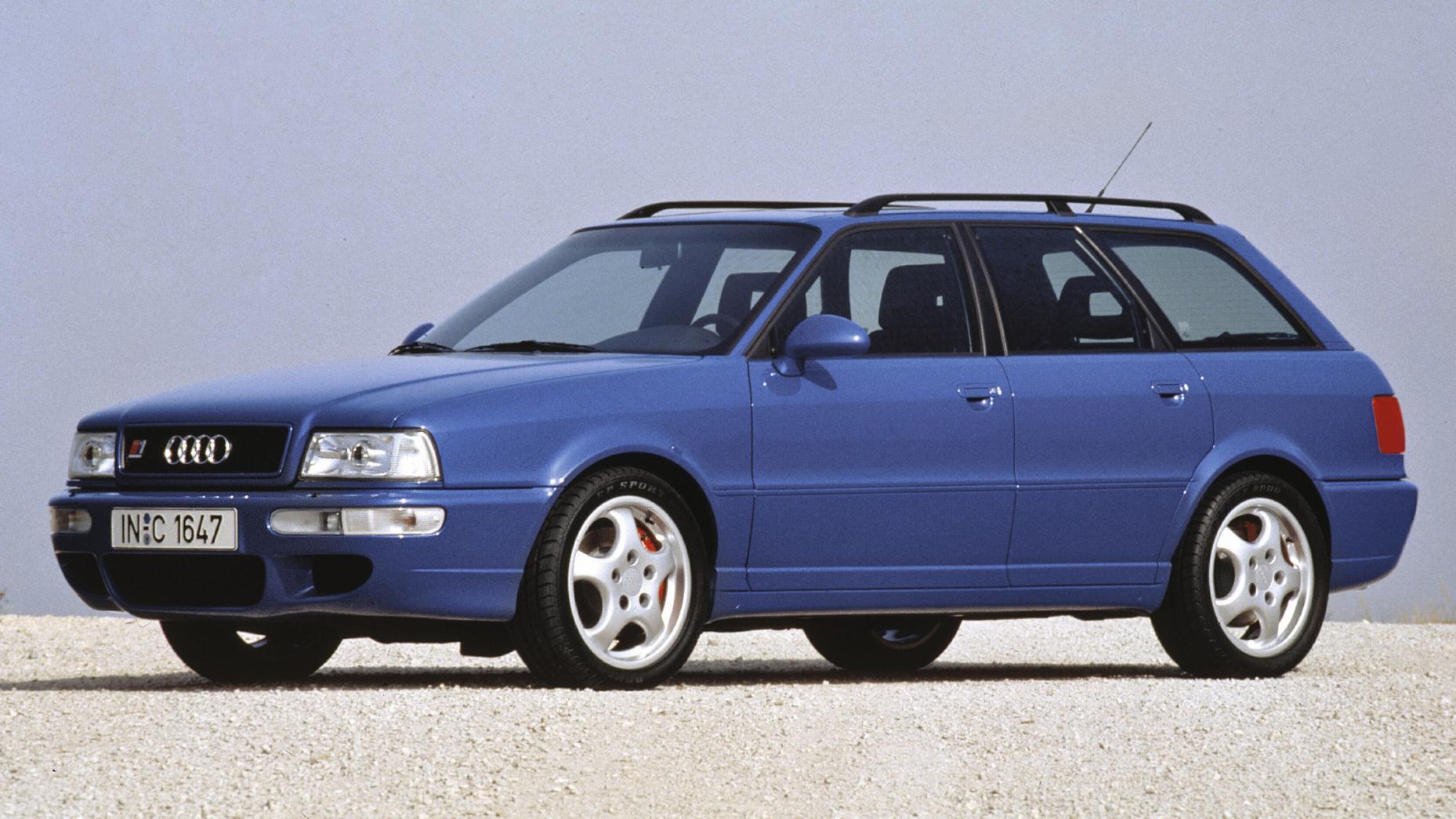
Audi RS2 – Ollie Kew
The Audi RS2 Avant is a turbo lag hero; its Porsche-fettled 2.2-litre, 20-valve 5cyl engine developing 410Nm at 3,000rpm. Most current engines have already been at max boost for 1,500rpm by the time they spin past three grand. The RS2’s 315hp sucker-punch wasn’t on tap until 6,500rpm.
As a result, the RS2 is two cars. There’s the RS2 below 3,000rpm, which is a docile, creaky estate within which you pootle along. Then there’s the RS2 above 3,000rpm, which seems to exist only in the bullet-time scene from The Matrix.
It wants to spin all four wheels in the dry. It wants to get you from 0–100km/h in 4.8 seconds. Apparently this thing did 0–48km/h quicker than a McLaren F1 back in the day. And it had space for five.
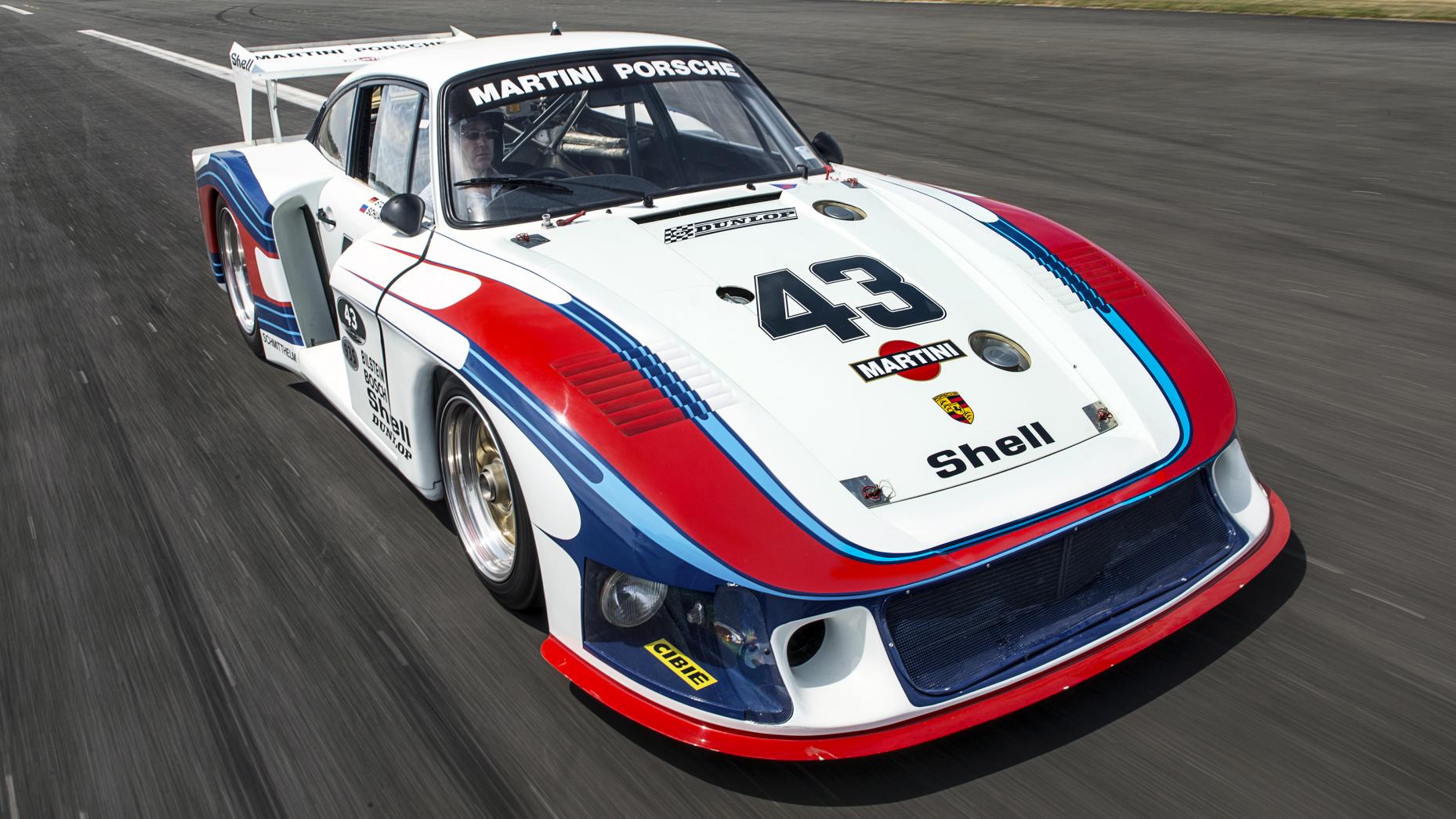
Moby Dick – Ollie Marriage
First a faint whistle, like the distant approach of a steam train. It’s steady, becoming more insistent and high-pitched, moving towards old frantic stove kettle, then there’s a tone change, the note drops an octave, gains growl and menace as suck turns to blow.
Now it’s like you’re a pea strapped to the spout of that kettle, you feel the pressure build, the whole car tenses and then… erupts. And off you shoot, half expecting the bodywork to peel away around you.
To this day Moby Dick remains the most powerful Porsche 911 ever built. 855hp from a twin turbo 3.2-litre flat six, for 367km/h at Le Mans in 1978. And the process I’ve just described? Reading speed matches real time. Now that’s lag.
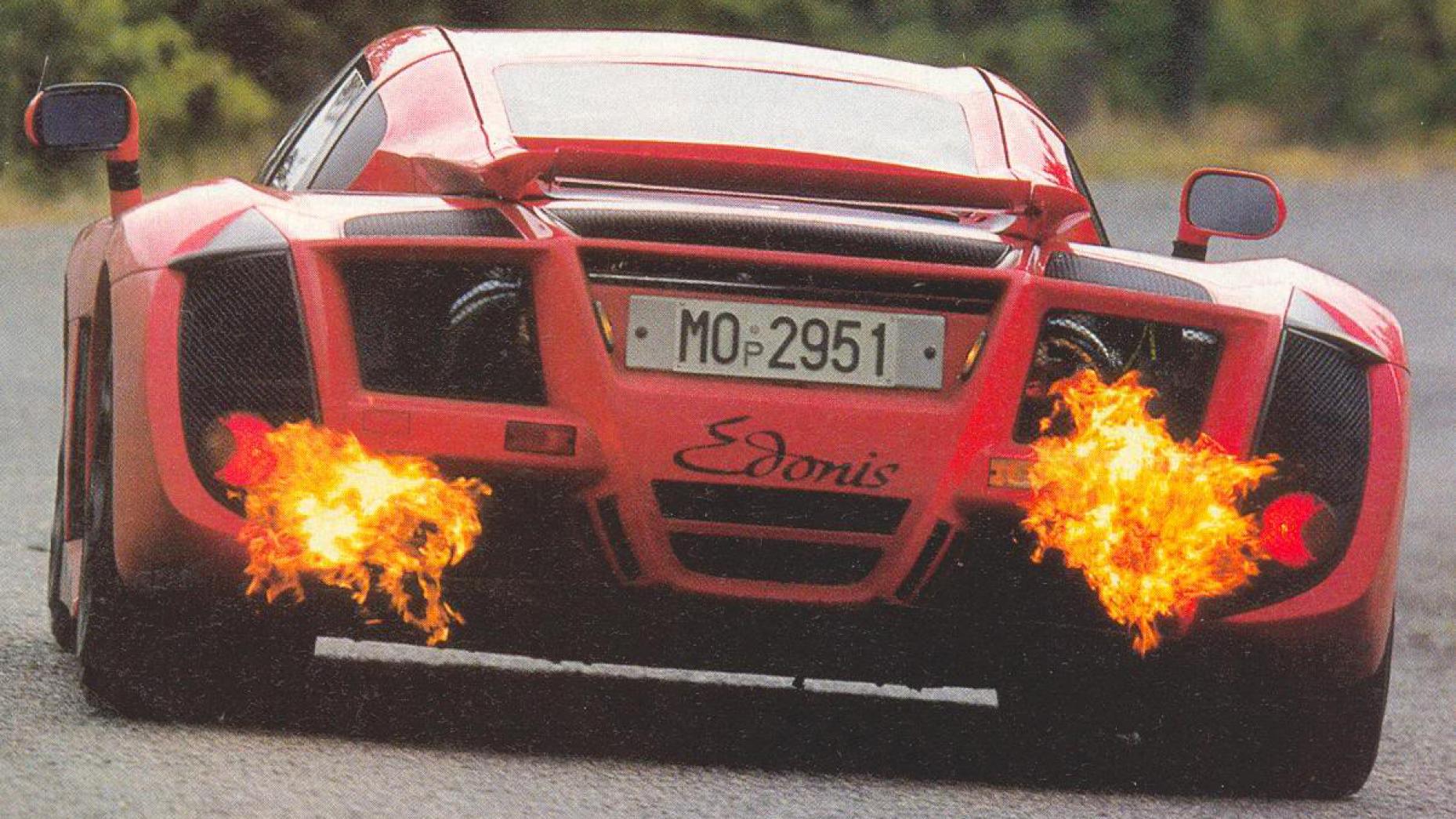
B Engineering Edonis - Paul Horrell
A posse who’d worked on the 4WD quad-turbo Bugatti EB110 decided to make something more pure out of it. For ‘pure’ read ‘terrifying’. By unbolting the four small lag-reducing puffers and replacing with two all-or-nothing monsters, they took power from a then-vast 560hp to an unheard-of 700.
For luck, they disconnected the front drive. Its engineer had done the Ferrari F40. It broke the original Bugatti gearbox. Damn near broke me too. Naff-all happened below 3,500.
Above that it sure would boost. But first… the lag. A lengthy premonition of a storm looming. Then it’d hit like a freight train, a dam-busting force. They’d set it up for Nardò, and here I was dodging Piaggio Apes on Modenese lanes.






